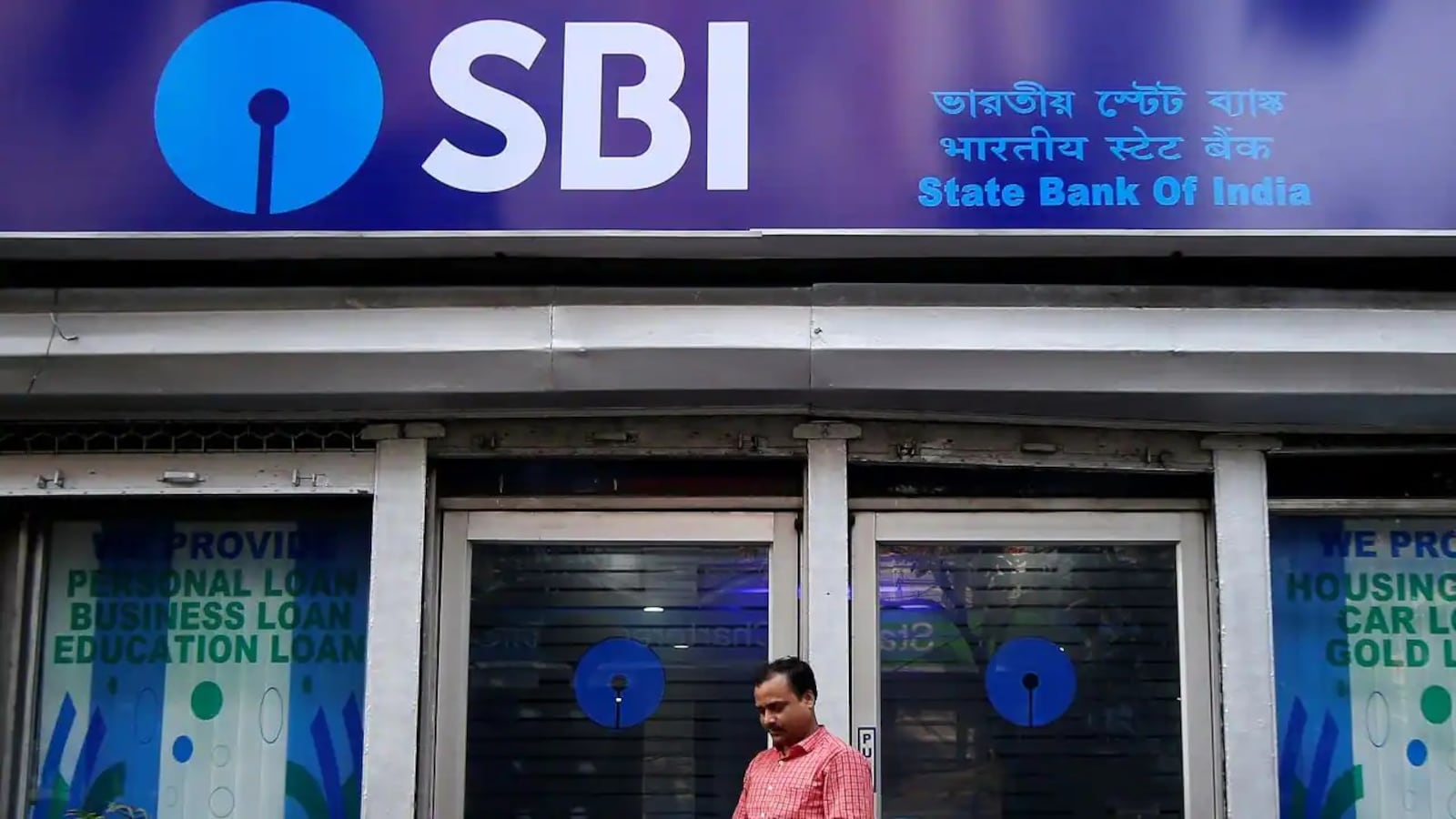New Banking Rules: Nominee Changes Explained

The Indian banking sector is set for a significant transformation with the introduction of the Banking Laws (Amendment) Bill, 2024. This legislation, which recently received approval from the Lok Sabha, aims to enhance the nomination process for bank accounts and lockers. The proposed changes will allow account holders to designate up to four nominees for their savings accounts and lockers. This move is designed to simplify the distribution of assets after the account holder’s death, addressing challenges that arose during the COVID-19 pandemic. The bill now awaits approval from the Rajya Sabha before it can be enacted into law.
Enhanced Nomination Process
One of the most notable changes in the Banking Laws (Amendment) Bill is the shift from a single-nominee system to one that permits up to four nominees for banking accounts and fixed deposits. This change aims to streamline the process of asset distribution after an account holder passes away. Previously, families often faced difficulties in accessing funds due to the need for succession certificates or testamentary documents. The new legislation seeks to eliminate these hurdles, making it easier for families to manage their finances during a challenging time.
Under the new rules, account holders can appoint multiple nominees for various banking products, including fixed and recurring deposits. This flexibility allows for a more tailored approach to asset distribution. For instance, if an account holder wishes to designate different nominees for different accounts, they can do so without complications. The nomination facility will also extend to mutual funds and other financial instruments, further simplifying the process of asset transfer.
Distribution of Assets
The amendment outlines specific guidelines for how assets will be distributed among nominees. For bank deposits, nominees can be appointed either successively or simultaneously. In cases of simultaneous nominations, the assets will be divided according to the proportions specified by the account holder. This means that if an account holder wishes to allocate a certain percentage of their assets to each nominee, they can do so clearly and effectively.
On the other hand, for other banking services, such as lockers, nominees must be appointed in a sequential manner. This means that the first nominee listed will have priority over the others. This distinction is crucial for account holders to understand, as it affects how their assets will be managed and distributed after their passing. The clarity provided by these regulations aims to prevent disputes among family members and ensure a smoother transition of assets.
The Role of the Reserve Bank of India
The Reserve Bank of India (RBI) plays a vital role in defining and regulating the nomination process. According to the RBI, nomination is a facility that allows deposit account holders or safe deposit locker holders to designate an individual who can claim the proceeds of the account or the contents of the locker after the original holder’s demise. This definition underscores the importance of having a clear nomination process in place to protect the interests of both account holders and their beneficiaries.
The RBI’s involvement ensures that the new rules align with existing banking regulations and provide a framework for implementation. Once the Rajya Sabha approves the bill and it receives presidential assent, the RBI will likely issue guidelines to banks on how to implement these changes effectively. This will help ensure that all banking institutions adhere to the new rules and provide consistent services to their customers.
Observer Voice is the one stop site for National, International news, Sports, Editor’s Choice, Art/culture contents, Quotes and much more. We also cover historical contents. Historical contents includes World History, Indian History, and what happened today. The website also covers Entertainment across the India and World.

